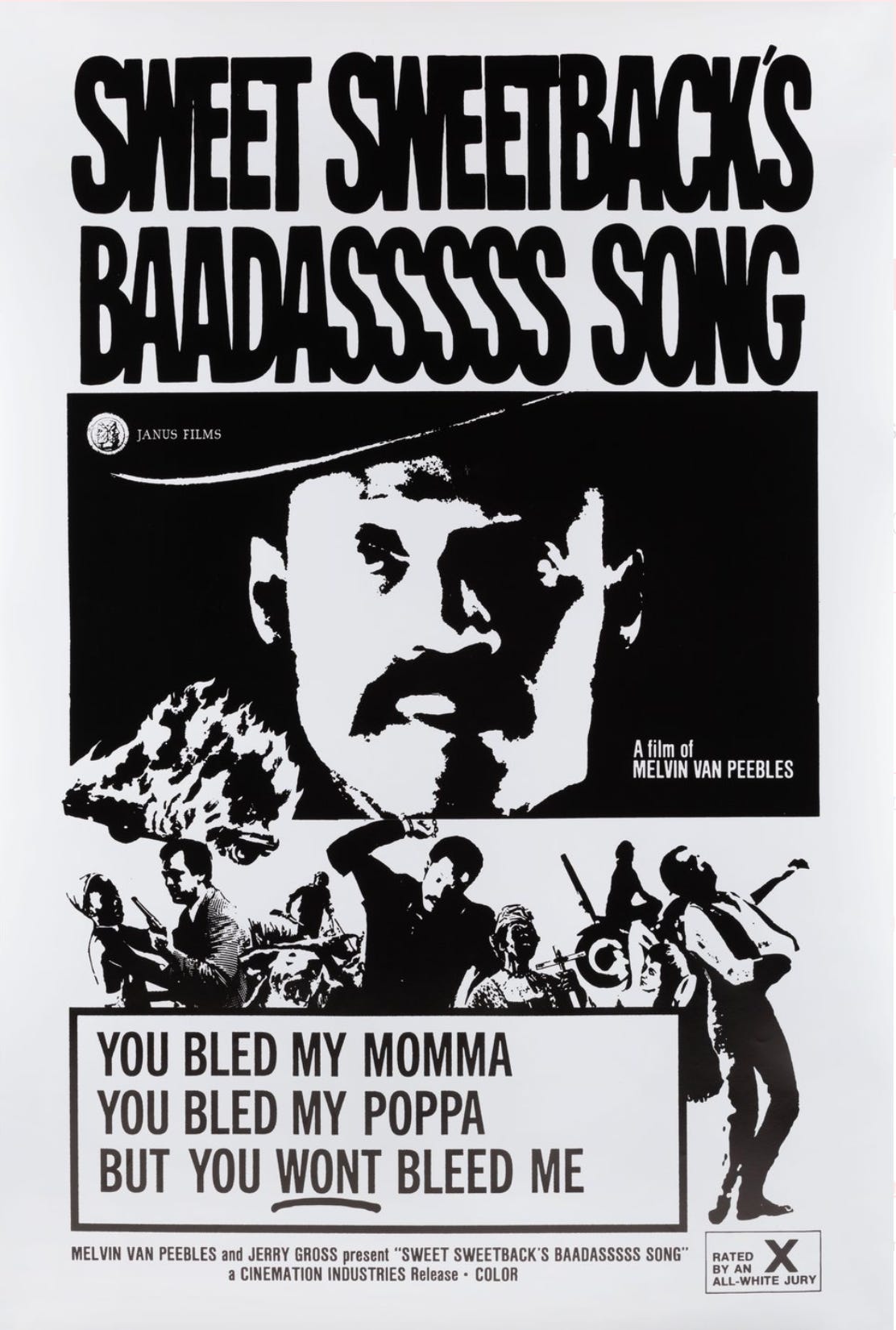Spreading our love to the streets: DIY, Grassroots & Guerrilla Cinema Activations
The People's History Of Cinema Distribution's Innovations, Pt. 4
We are about 20% of the way through this deep dive. I’ve read the chapters ahead of you, so it is only reasonable that I am so inspired by this work.
To me it shows how fruitful the creative practice I encourage is. You know what that creative practice is, right? First we observe each system, starting wide and narrowing down, capturing the components. We look at the history, the present, and the possible futures. We consider the utopian ideals. We search for what we love. We act on our principals, and stay true to them. We iterate and revise. We are willing to fail as long as we also improve and innovate.
We know many systems are now broken. We also know it could be worse — and inevitably will be. We are applying our recommendations to the situation in collaboration with each other. We are going to eventually make it better together.
Now more than ever, we must look back and see how time and time again others didn’t let a shitty situation to hold them back. Besides, now we have better tools and knowledge.
In building this list of 90+ distribution innovations from the Non-studio-industrial-complex (Non-SIC), my hope for film has been restored.
If you’ve been reading along, we’ve already examined Artist-Led Cooperatives & Collectives, Community-Based & Faith-Based Distribution, and Touring & Regional Circuits Distribution Innovations. So we are now ready for Part 4, right?
This is also the start of the second of four categories I have grouped them in. The first was Filmmaker-Led Collectives and Community-Based Distribution. It forms the ideological and historical foundation of non-industrial distribution. This begins Touring, Home Entertainment, and Public Television representing early scaling and alternative venue exploration.
We’ve got six entries in this category.
4
DIY, Grassroots & Guerrilla Distribution Innovations
Sweet Sweetback’s Baadasssss Song (1971) – Melvin Van Peebles
Self-financed/distributed; booked Black theaters and marketed directly into Black communities—grossing over $10M.The Spook Who Sat by the Door (1973) – Ivan Dixon
After United Artists suppressed the release, the film circulated via bootleg VHS and community screenings in Black radical spaces. It is an important example of the audience leading a reclaiming of distribution.
Keep reading with a 7-day free trial
Subscribe to Hope For Film to keep reading this post and get 7 days of free access to the full post archives.


